A Living Text.
-

More Information on Frank Gough, ACNA Priest Arrested for Child Pornography
Gough appears to have authored the following biography: Fr. Frank has served since 2010 as the Rector, or Senior Pastor of Resurrection Anglican Church in Shalimar, Florida. He served as Vicar of Shepherd of the Hills Episcopal Church, Lecanto, Florida from 2000-2004, then as Rector of the Anglican Church of Our Redeemer, Hernando, Florida from…
-

ACNA Pastor Arrested for Child Pornography
According to news reports: A church leader in Shalimar has been arrested and charged with 30 counts of possession of child pornography, according to the Okaloosa County Sheriff’s Office. Frank Gough II, 64, was taken into custody Thursday morning after authorities executed a search warrant at his home on 8th Street. The sheriff’s office said…
-
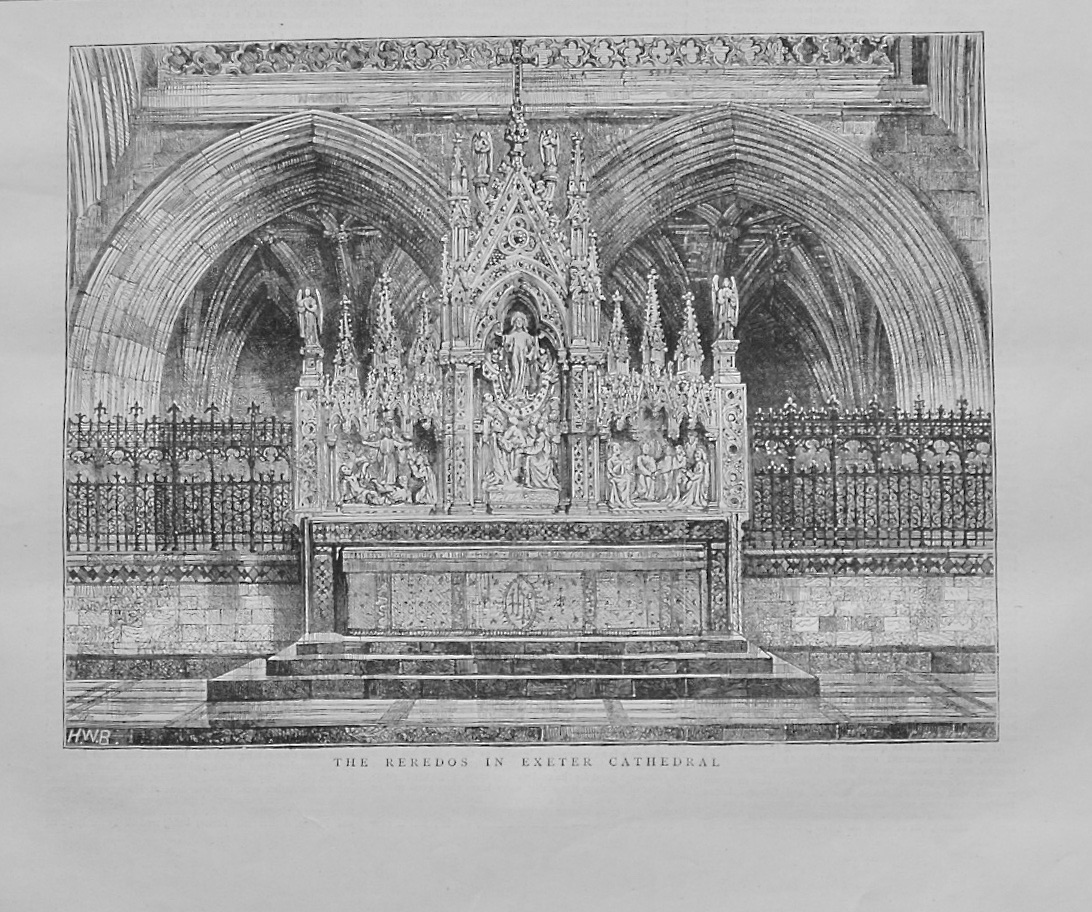
Images in the Church of England
A Historical Sketch A Text by Sir Robert Phillimore [Updated and edited] The following post is excerpted from a book published in the 19th century. In the book The Principal Ecclesiastical Judgments Delivered in the Court of Arches 1867 to 1875 by the Right Hon. Sir Robert Phillimore, D.C.L., there is an interesting case that reflects…
-

Bishop Christopher Warner issues Godly Admonitions to John Yates and Sam Ferguson
On November 25, 2024, Bishop Warner (DOMA, ACNA) wrote in part: With regard to the Reverend John Yates, former rector of TFCA:As stated previously, the Addendum concludes two things: 1. “No one in leadership was aware of Taylor’s abuse while he was employed.” 2. “There were a number of steps that Reverend Yates and the…
-

Bishop Steve Breedlove says his investigation led to a lack of justice
In an email to his diocese, Bishop Breedlove writes: To The Diocese of Christ our Hope: Greetings to you in Jesus Christ, Lord of the Church. Within the context of the celebration of All Saints Day, reflecting on the wonder of the Church on earth and in heaven, I am writing to offer a public apology…
-
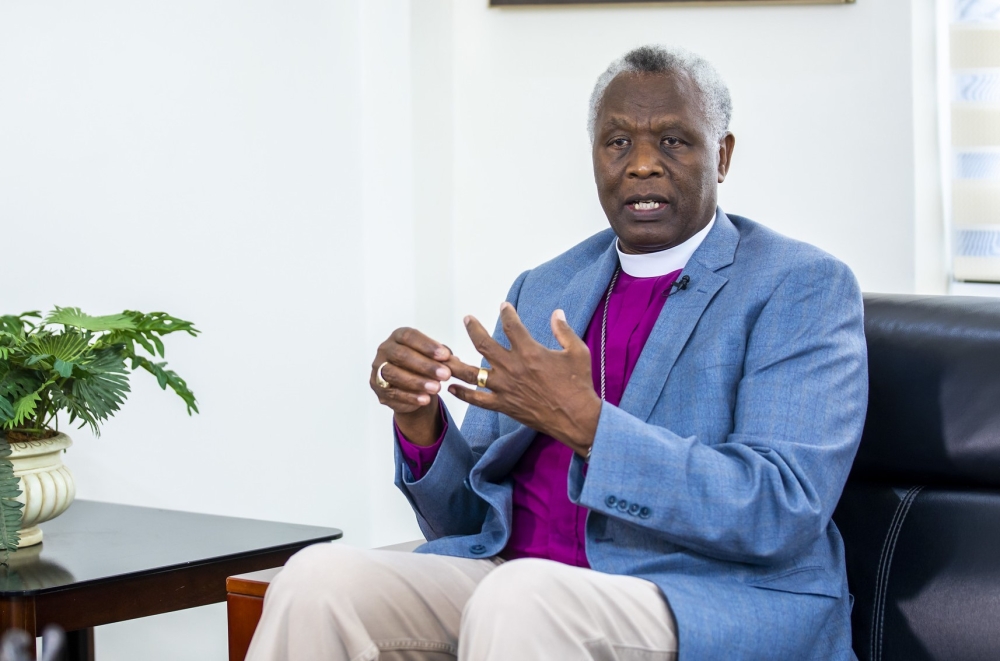
Rwanda’s dictatorship shuts down churches with Mbanda covering for the regime
Rwanda is a dictatorship that allows for no dissent from official narratives. This month, “the Rwanda Governance Board (RGB) and other government agencies have closed over 5,600 places of worship, including 100 cave churches over failing to meet the legal requirements governing faith-based organizations (FBOs) in Rwanda.” What are these legal requirements? They include many items that…
-
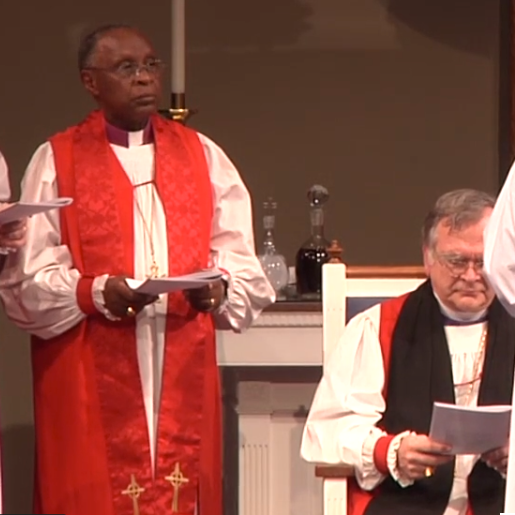
IV. Realignment
(Continuing a series of posts on recent Anglican history.) At the dawn of the twenty-first century the Anglican Communion experienced a profound rupture over issues of fidelity to Scripture. National churches from “the Global South” ordained Americans as missionary bishops to the United States, touching off a new level of spiritual warfare that pitted church…
-
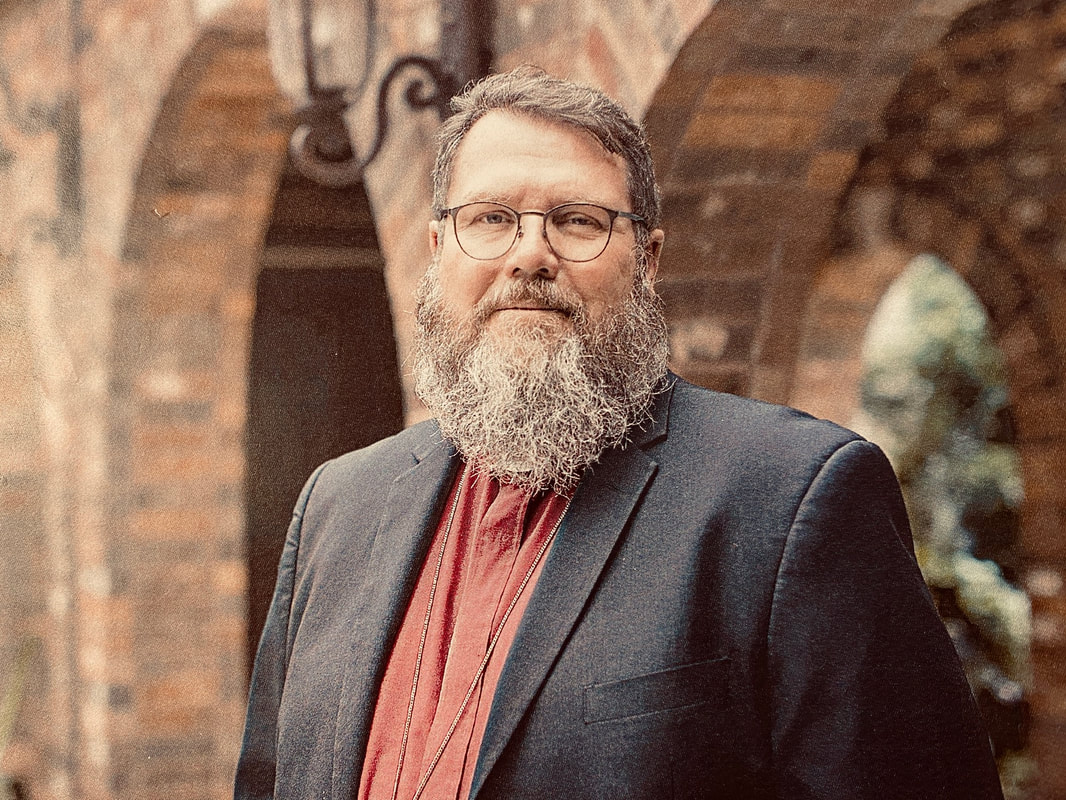
Bishop Menees on Jesus Antonio Castañeda-Serna
One of the most egregious cases of sexual misconduct that took place in ACNA is that of Jesus Antonio Castañeda-Serna. With that in mind, it is encouraging to read a letter that Bishop Menees presented to the court in his trial: April 12, 2024The Honorable Charles LeeSuperior Court of California,Fresno County – Department 33Your Honor,Thank…
-

Bishop Steve Wood: What is Reformation Anglicanism?
Back in his blogging days, ACNA Archbishop-elect Steve Wood published this article in 2014: Perhaps the easiest way to describe Reformation Anglicanism is simply by defining the words. By “reformation,” we mean that expression of the Christian faith that arose in the 16th century, commonly called the Protestant Reformation, which sought to reform the church according to…
-
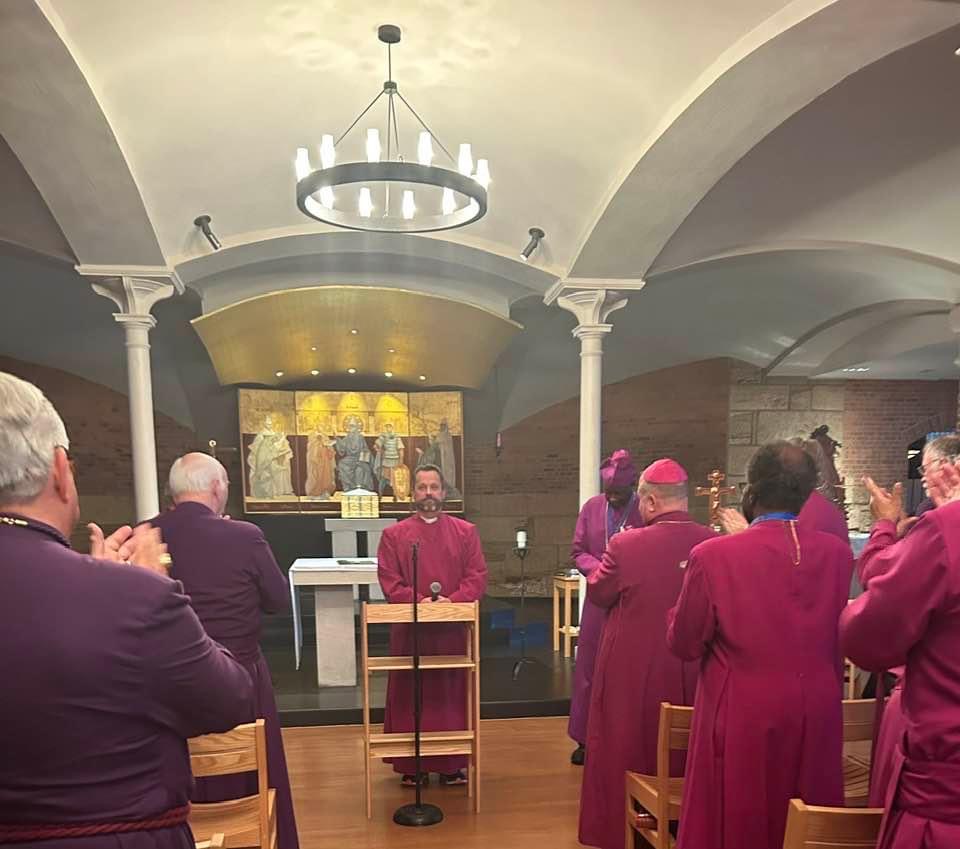
Who is Archbishop-elect Steve Wood?
I know very little about Bishop Wood, but I know his blog Treading Grain and used to read it back in the day. He no longer uses it. From his blog I can tell that he is a reader who interacts with cultural changes and theology quite a bit. He had Ashley Null speak to…